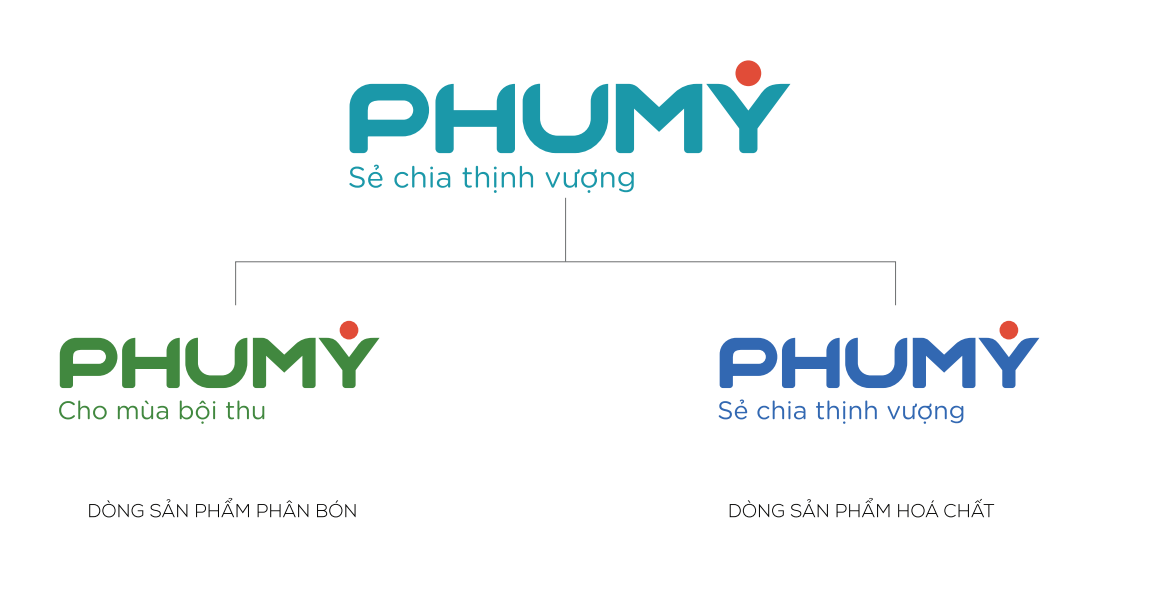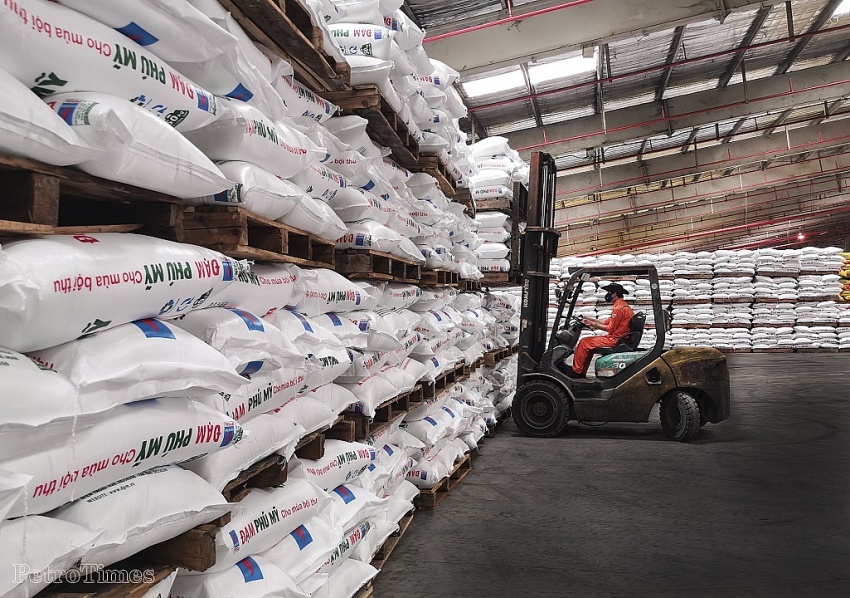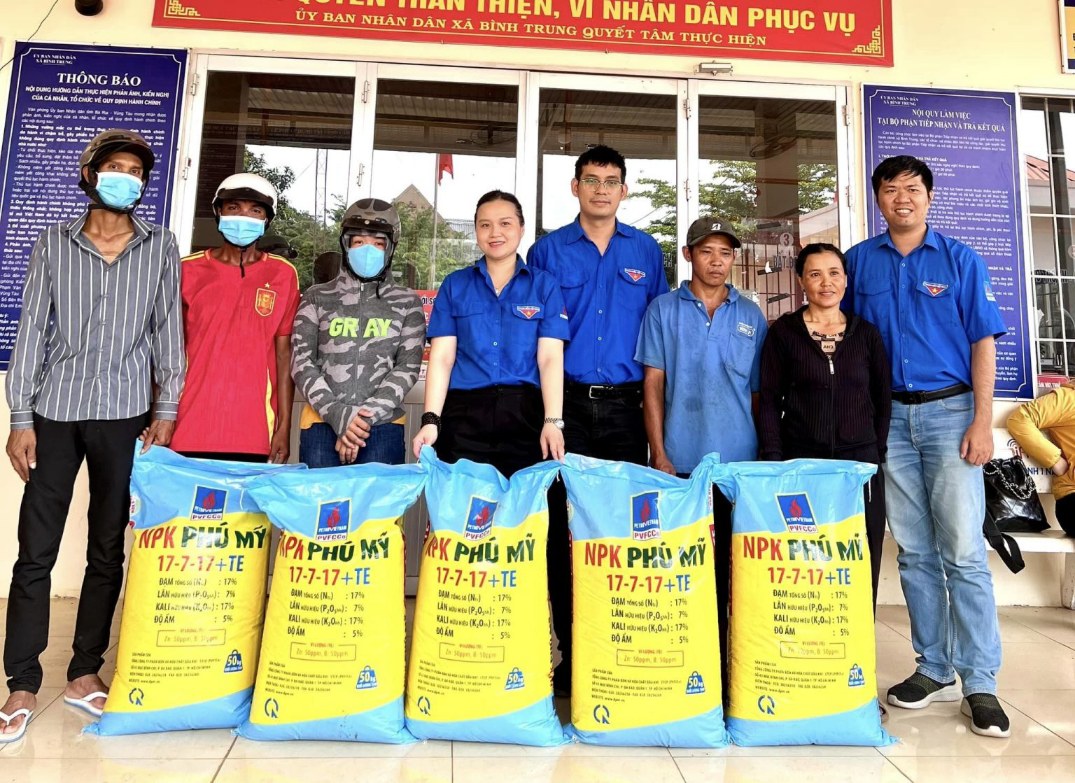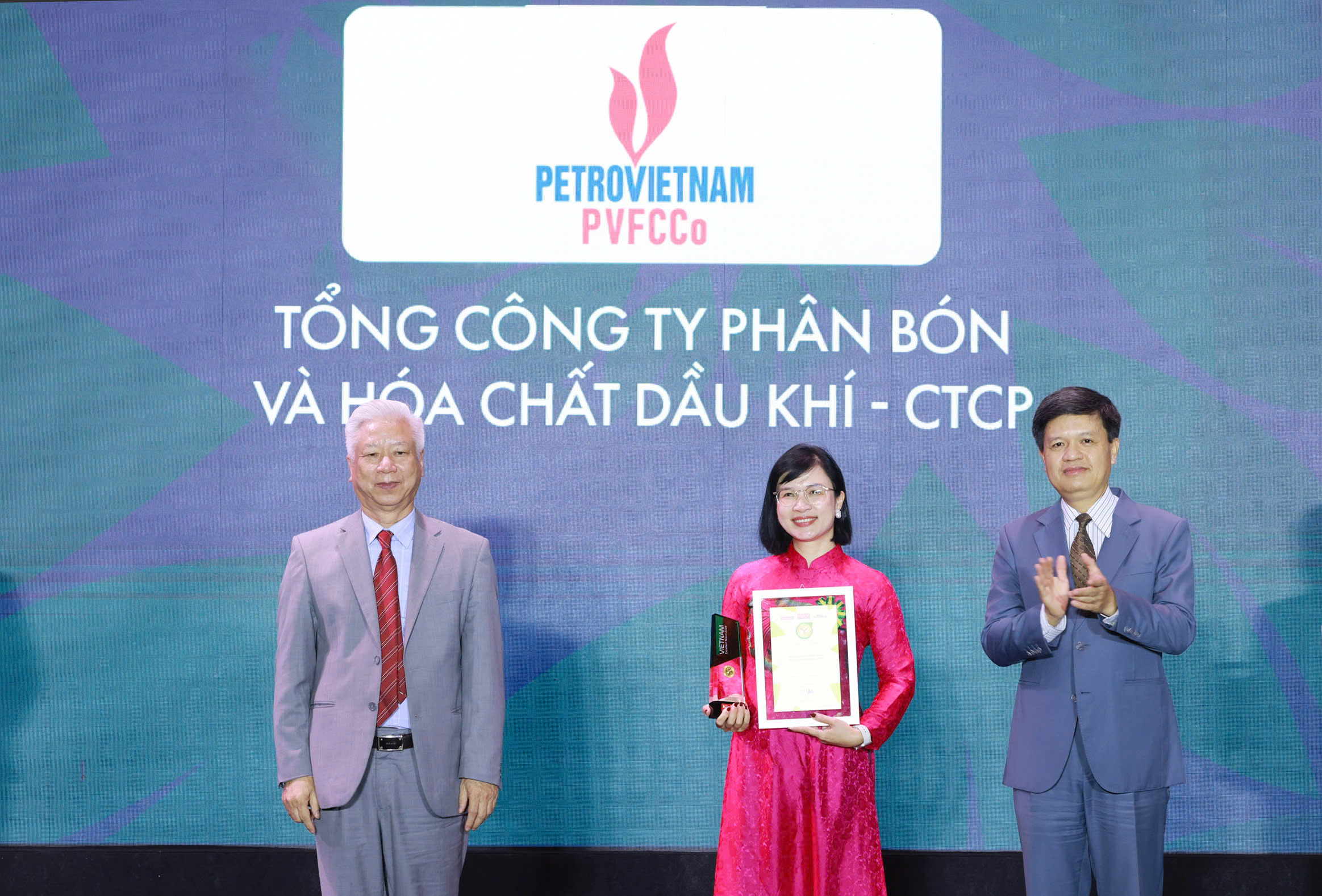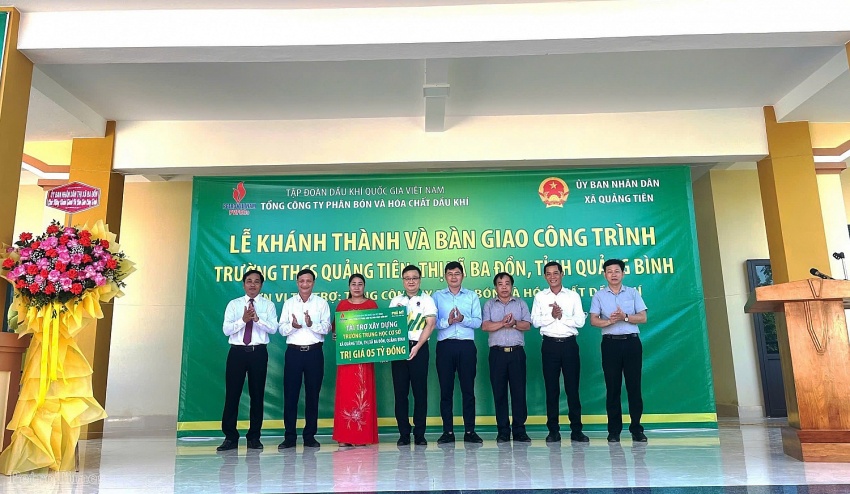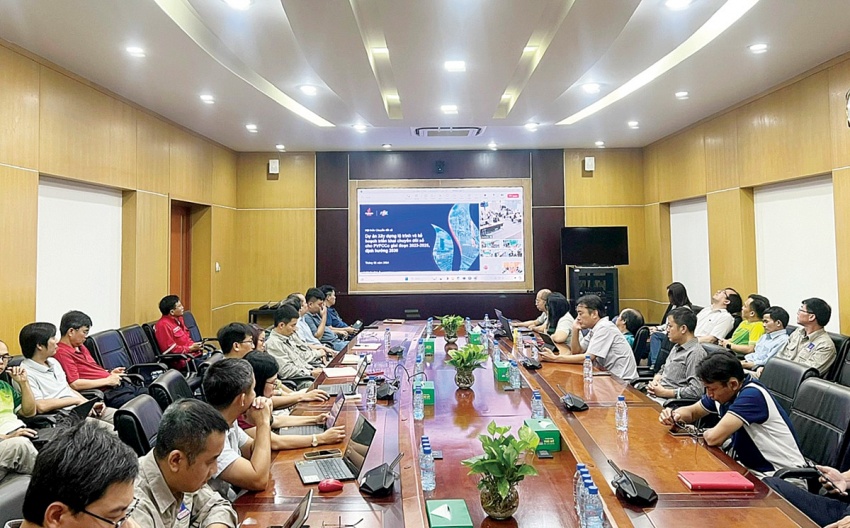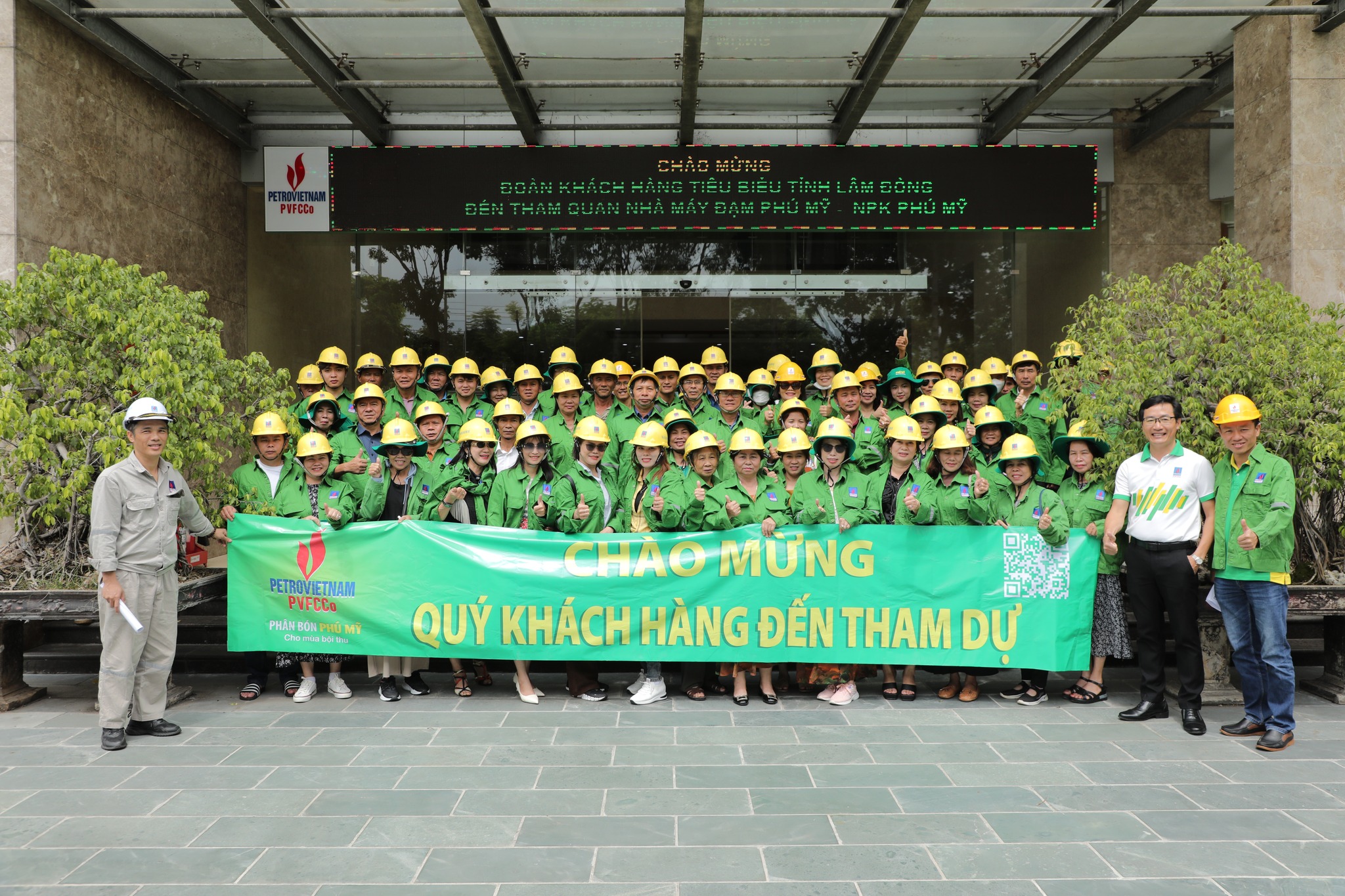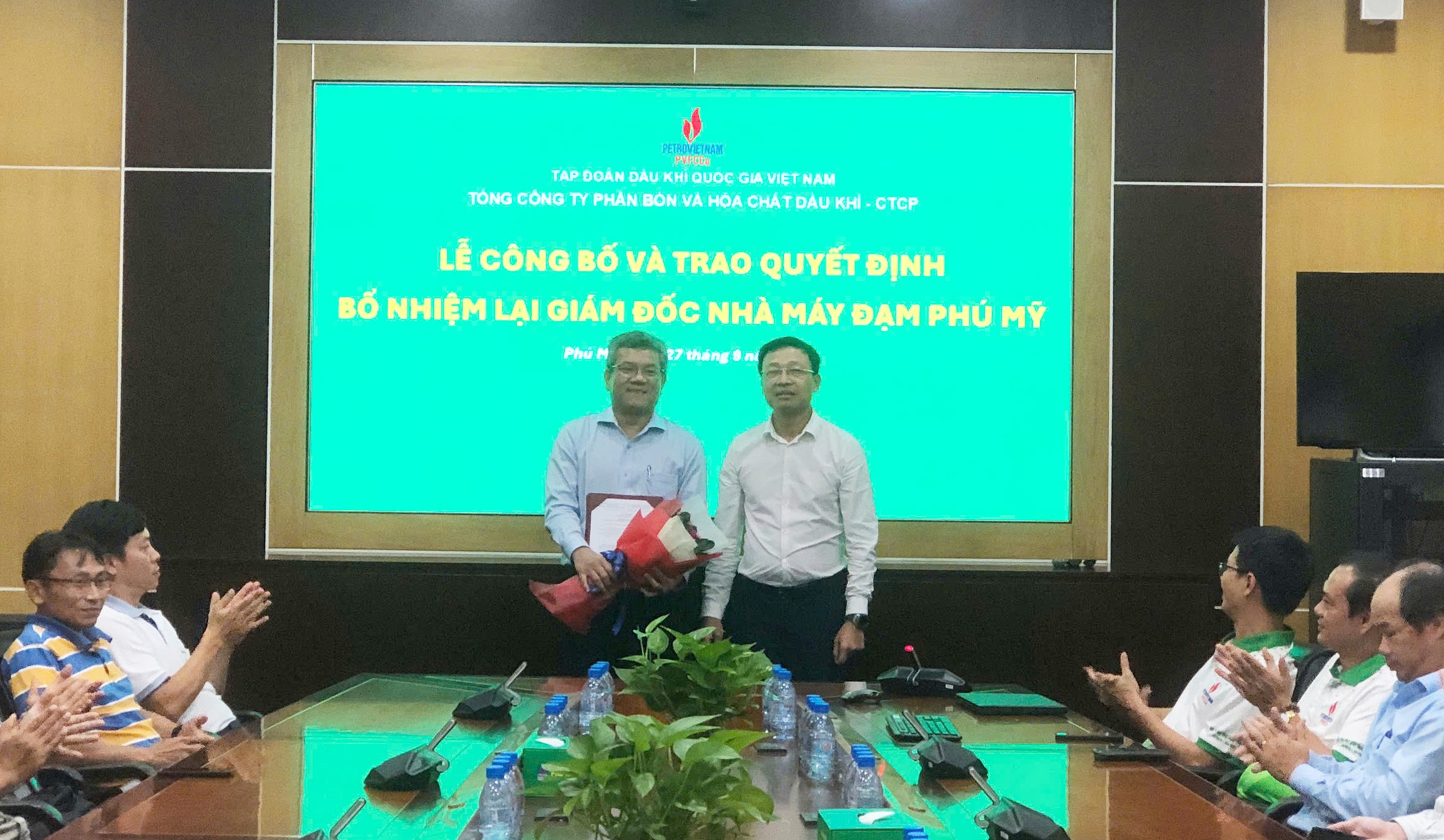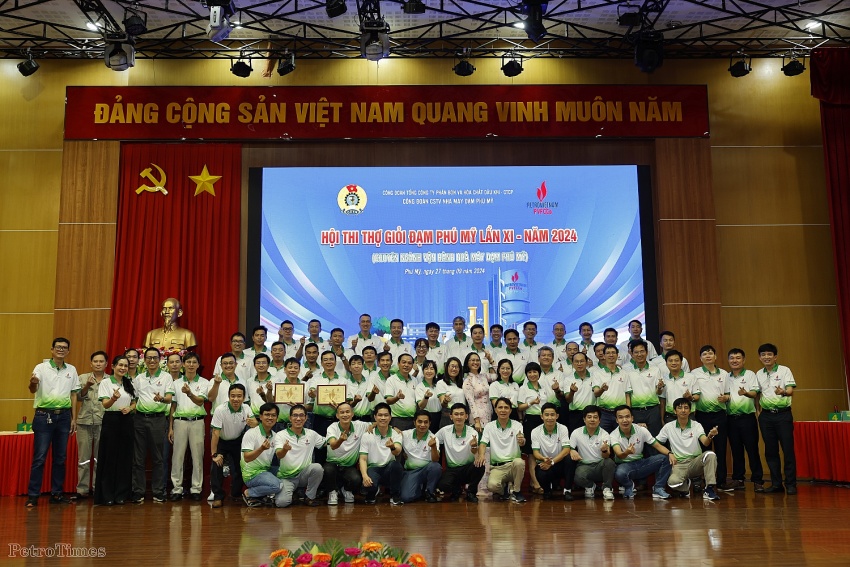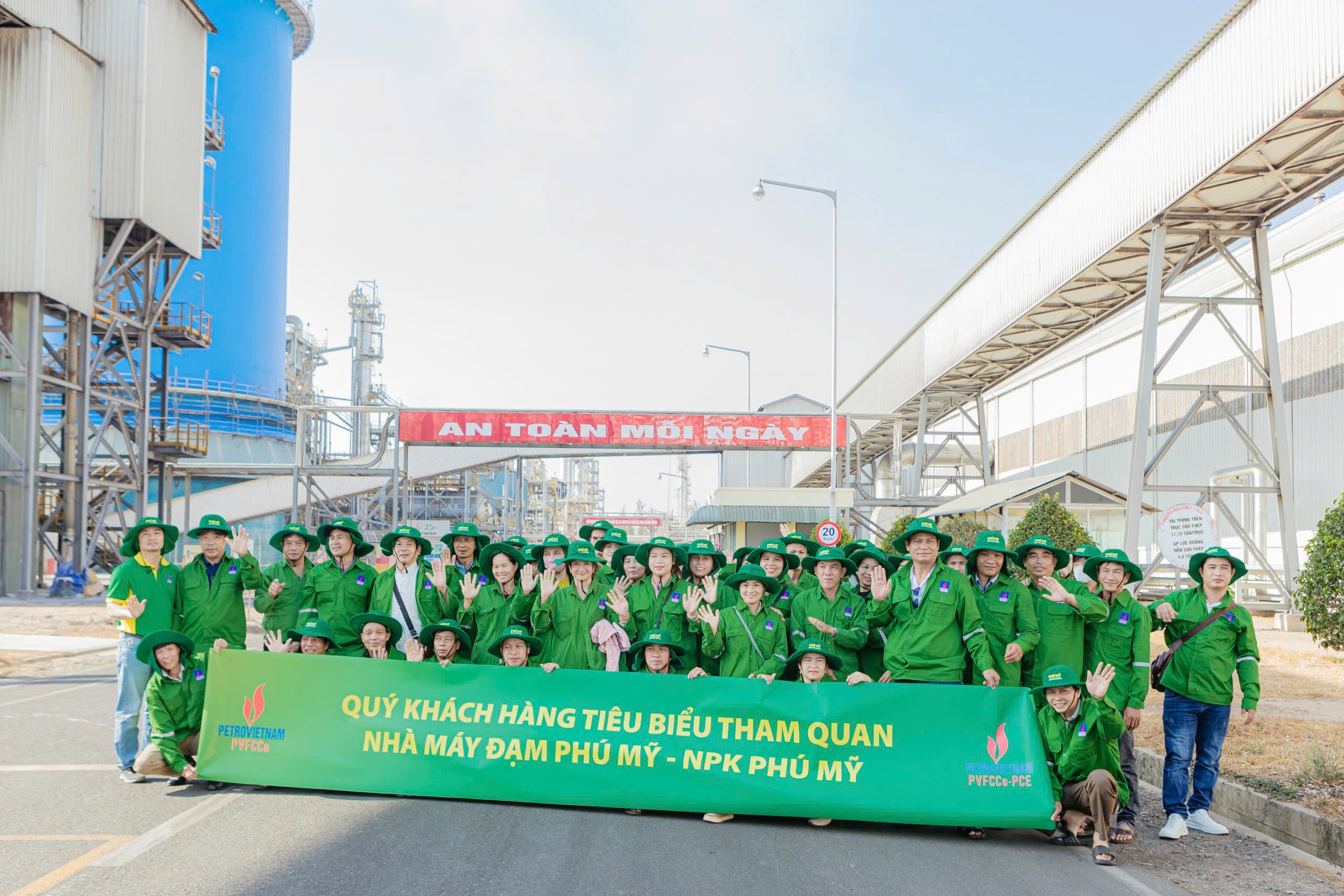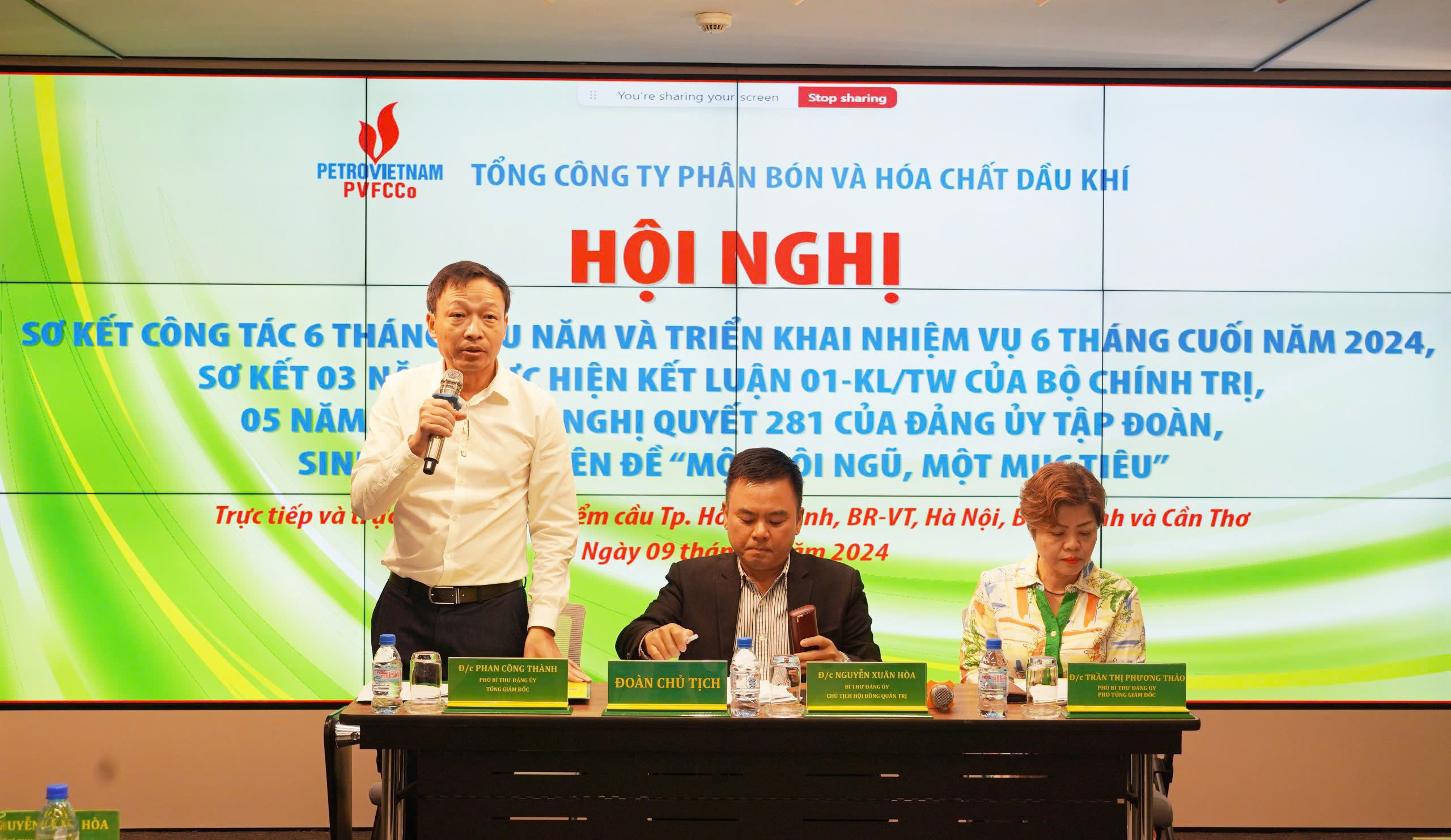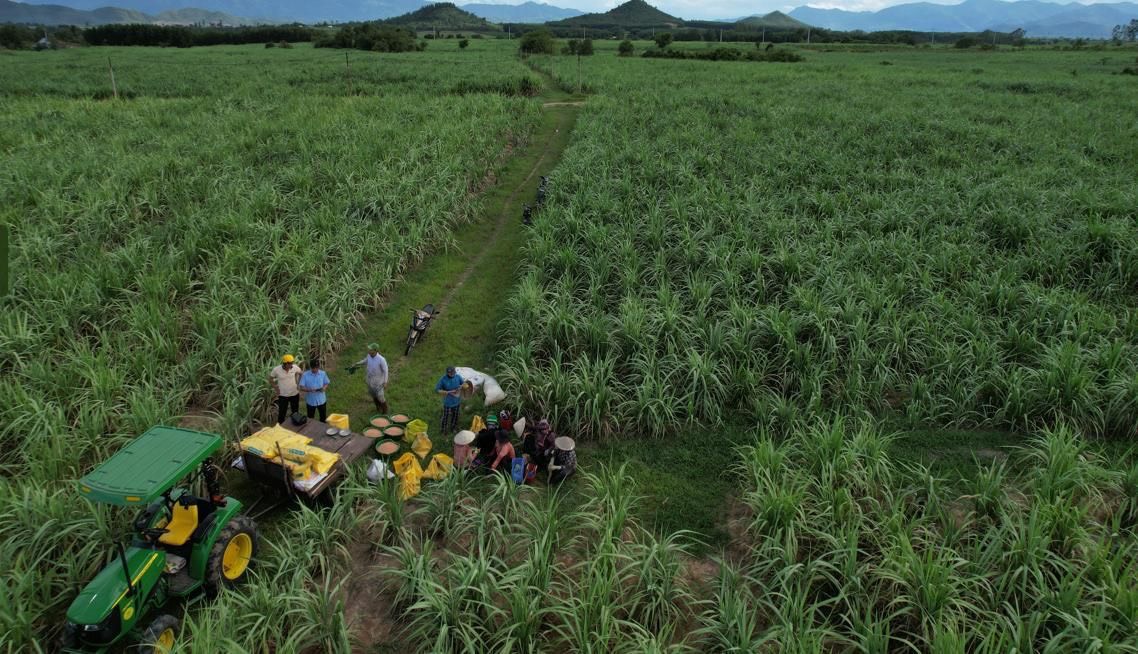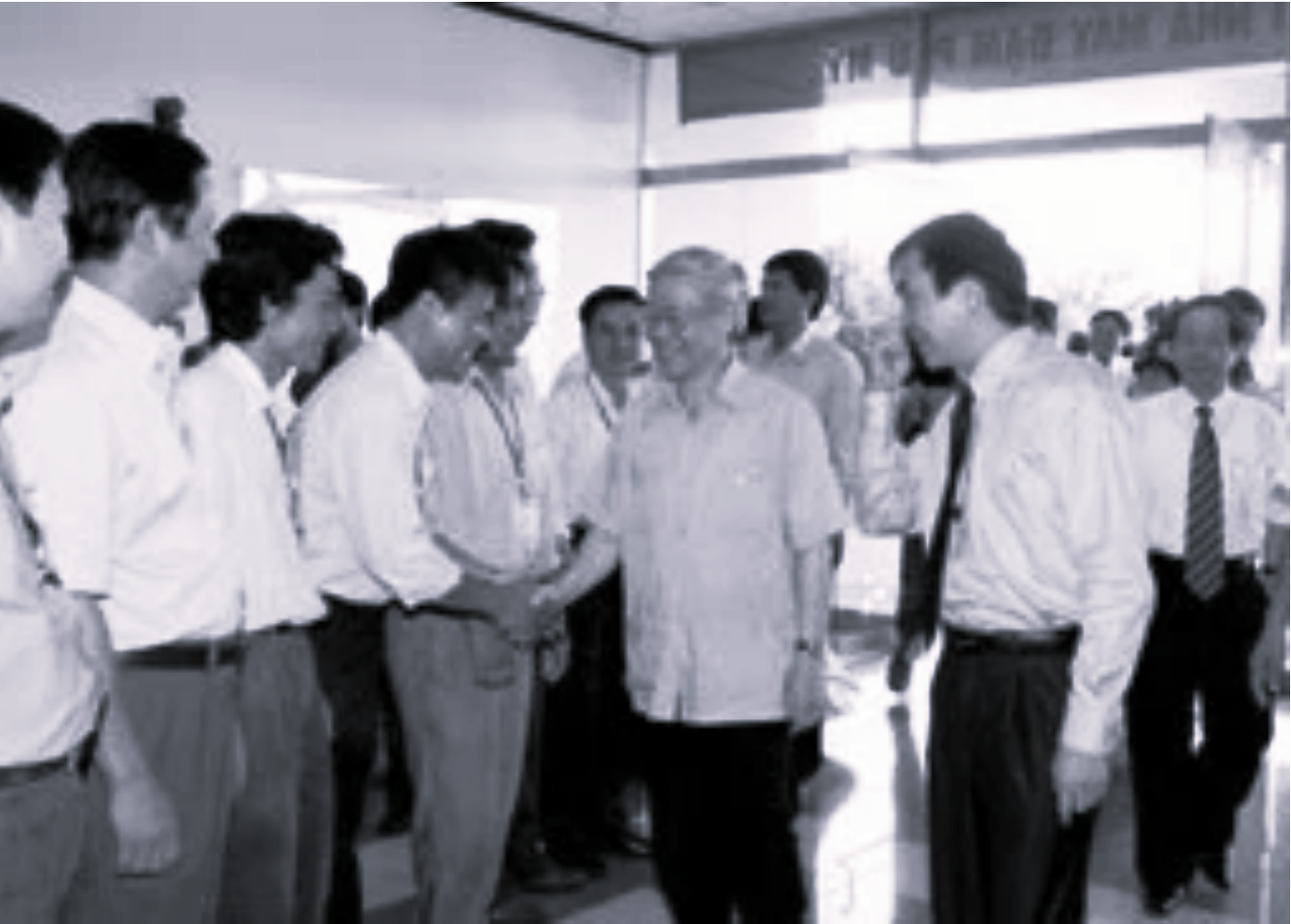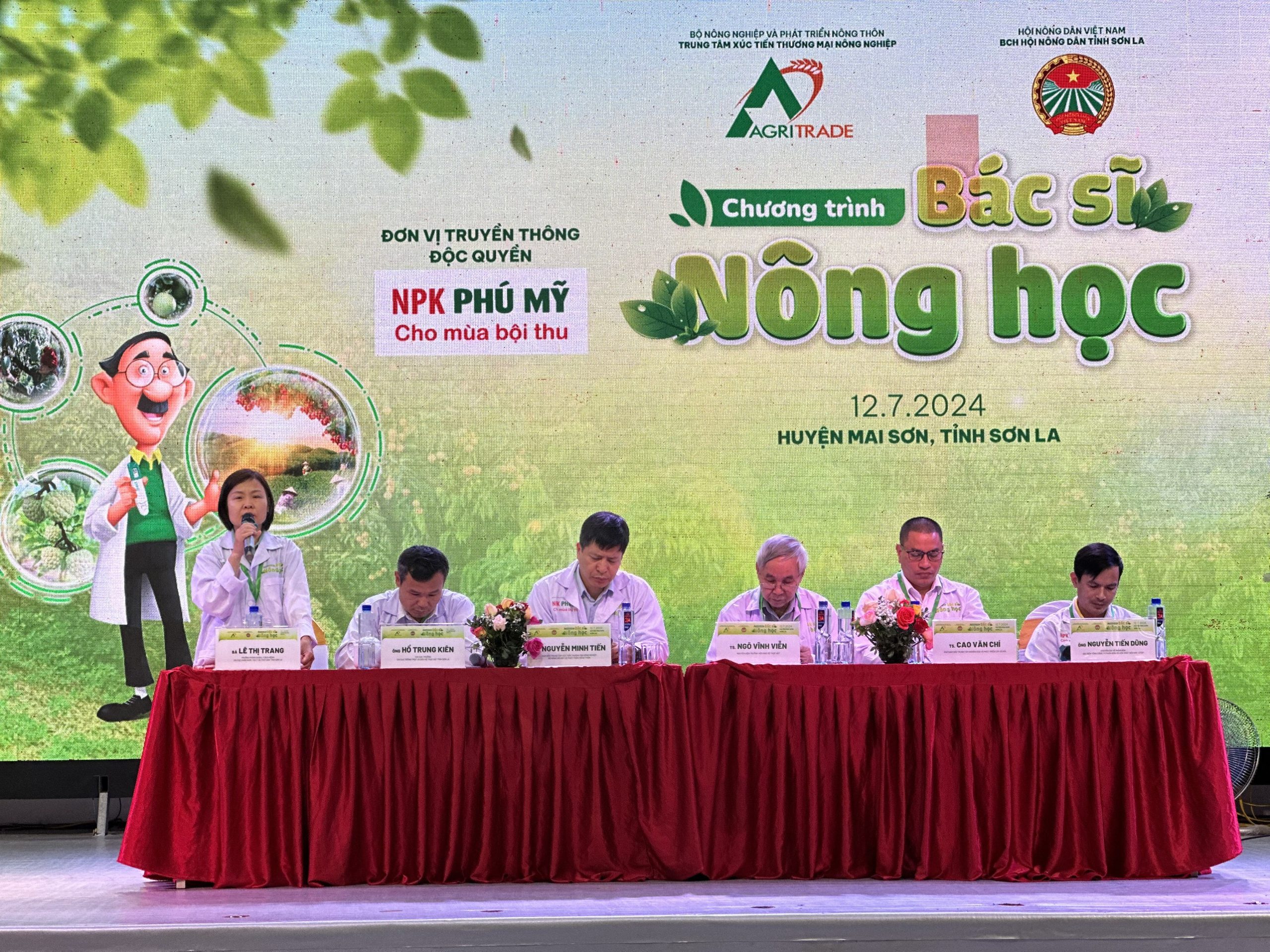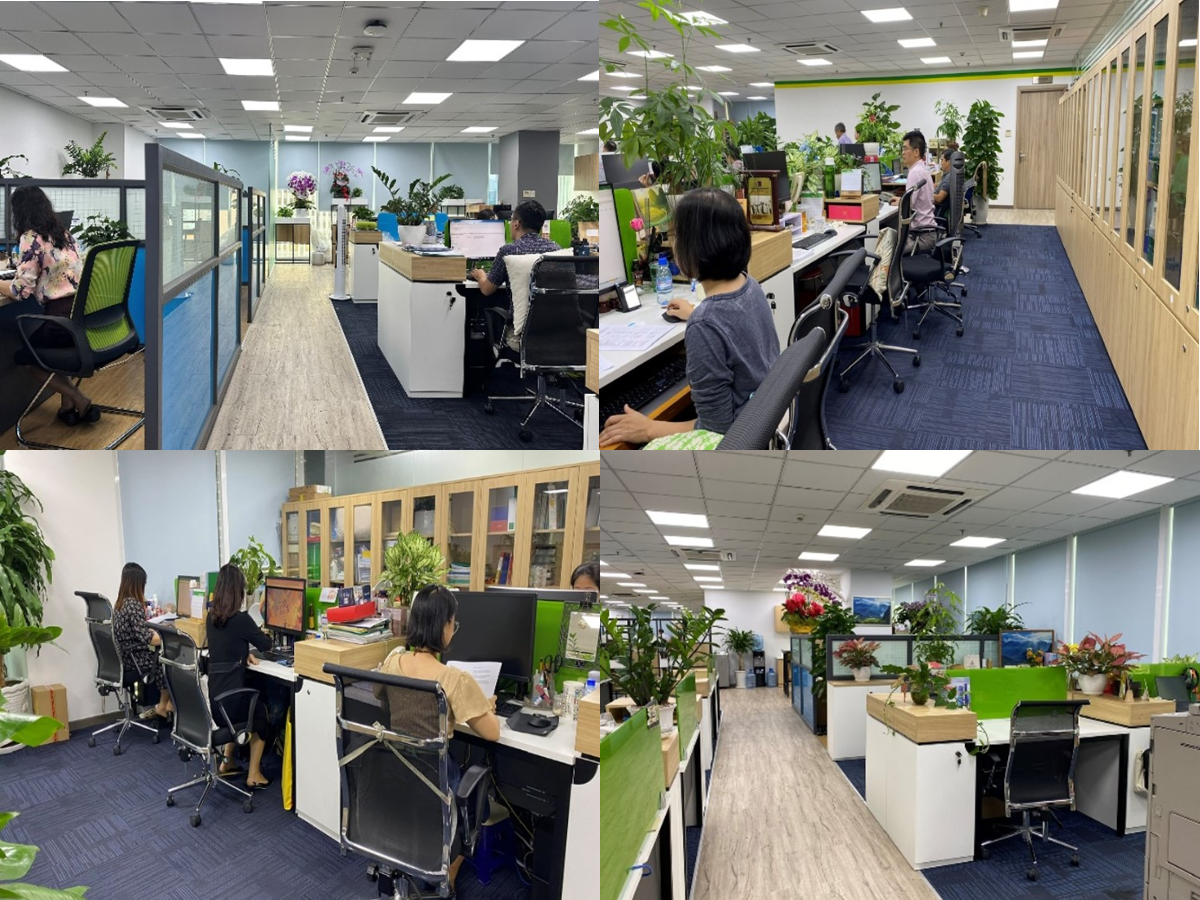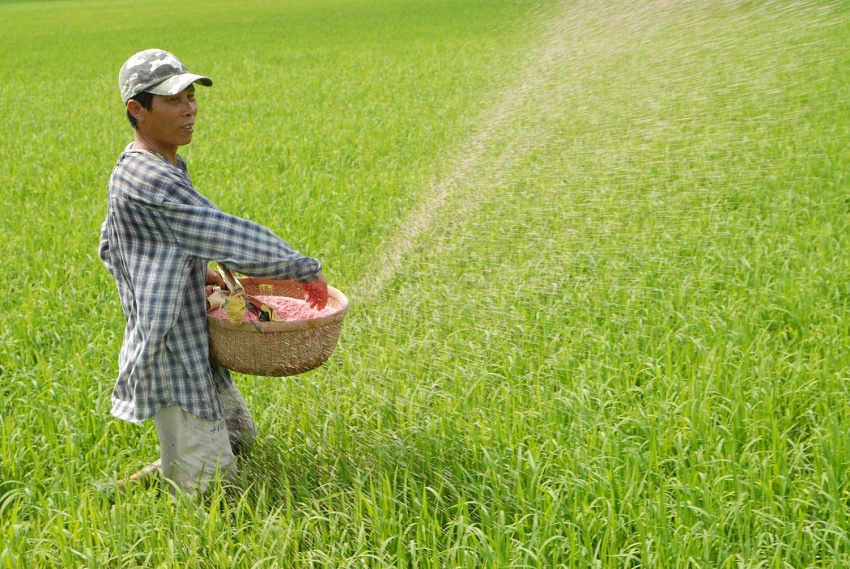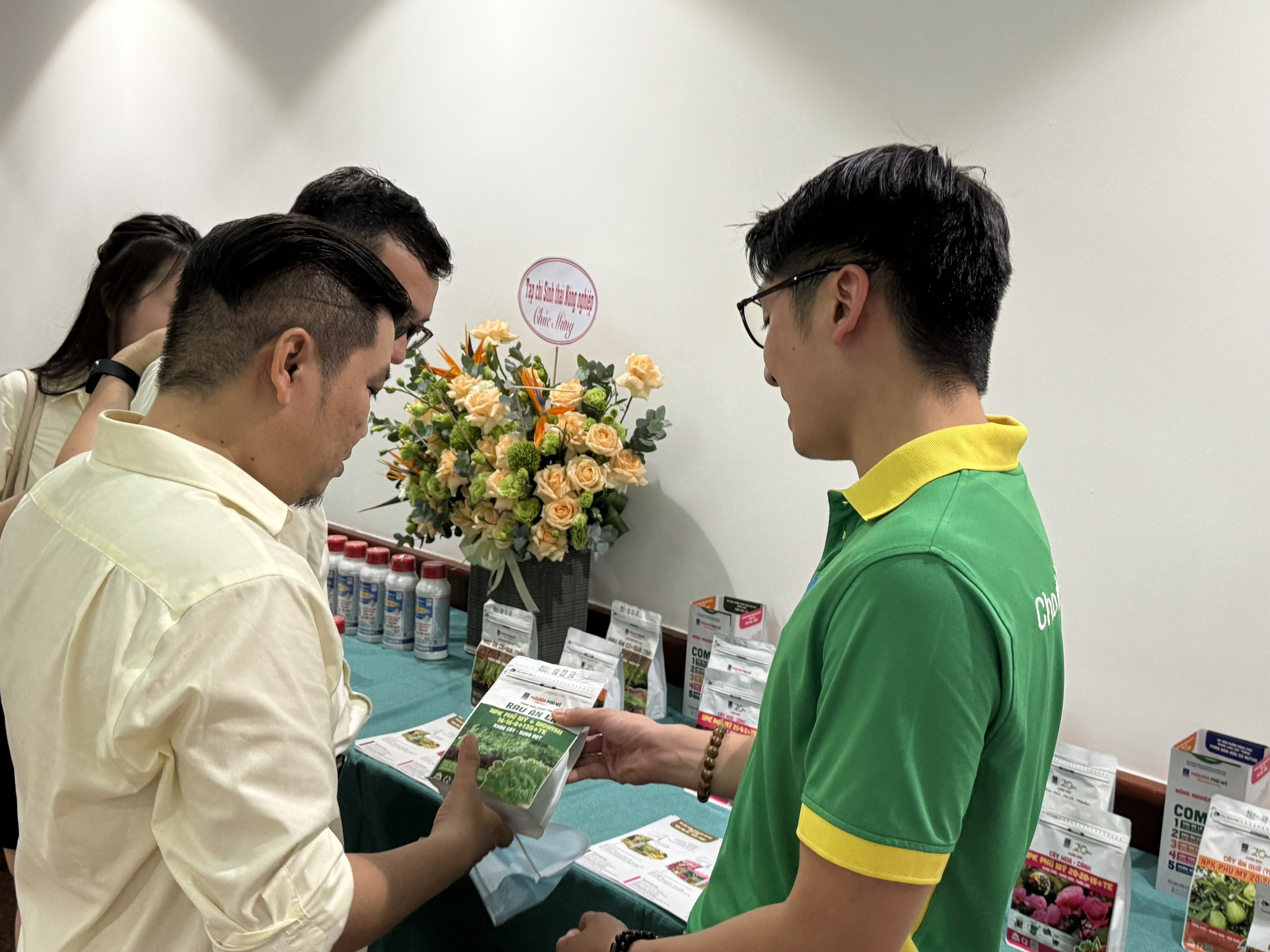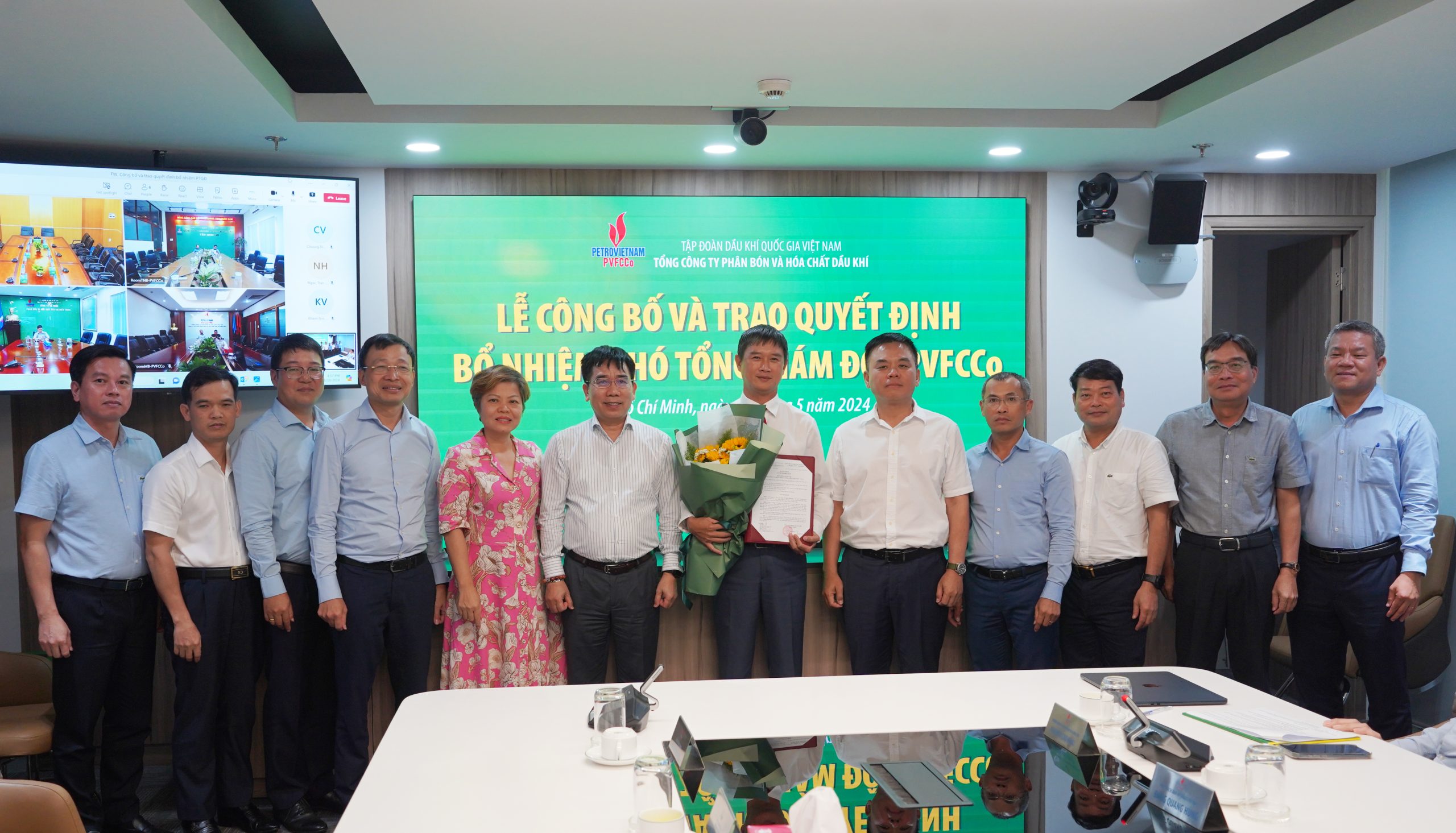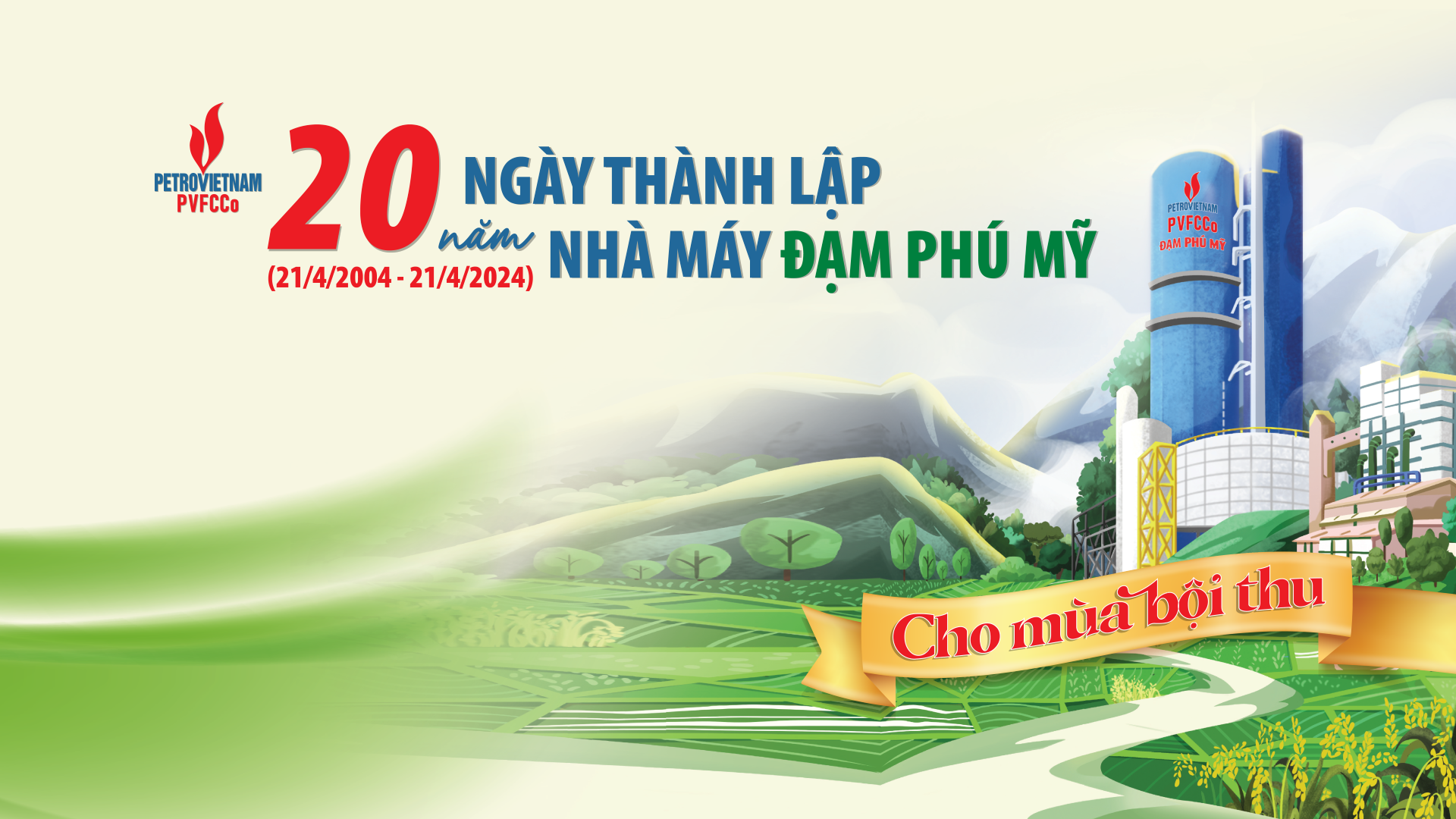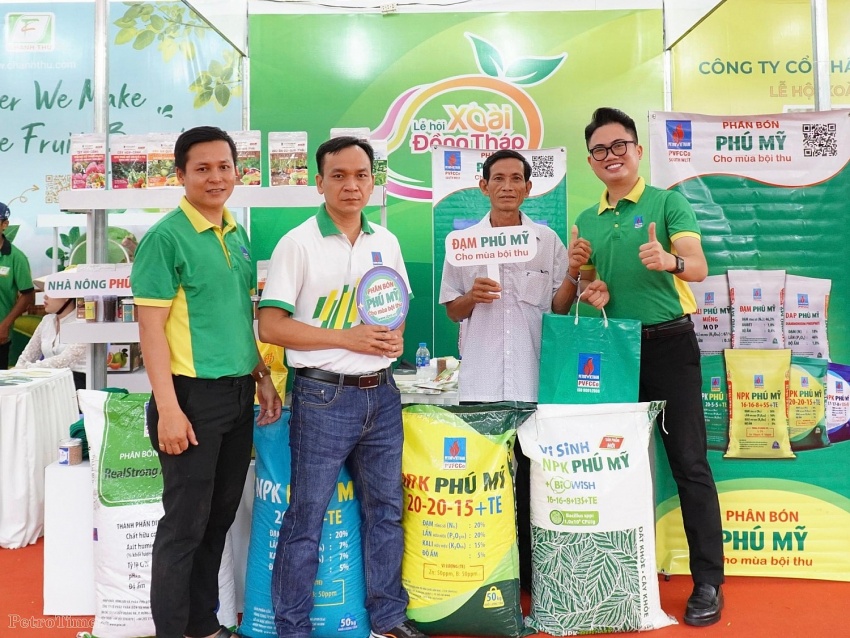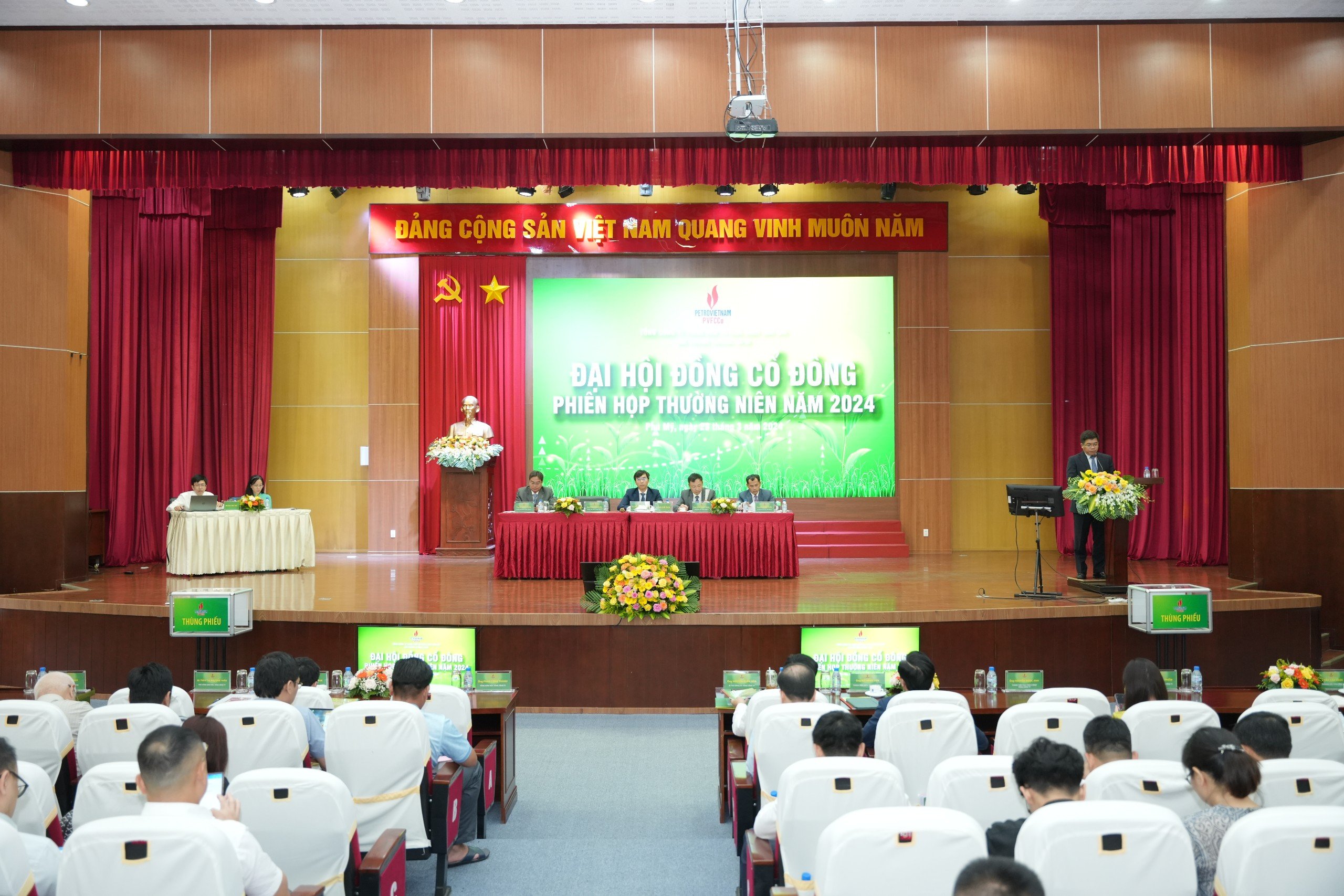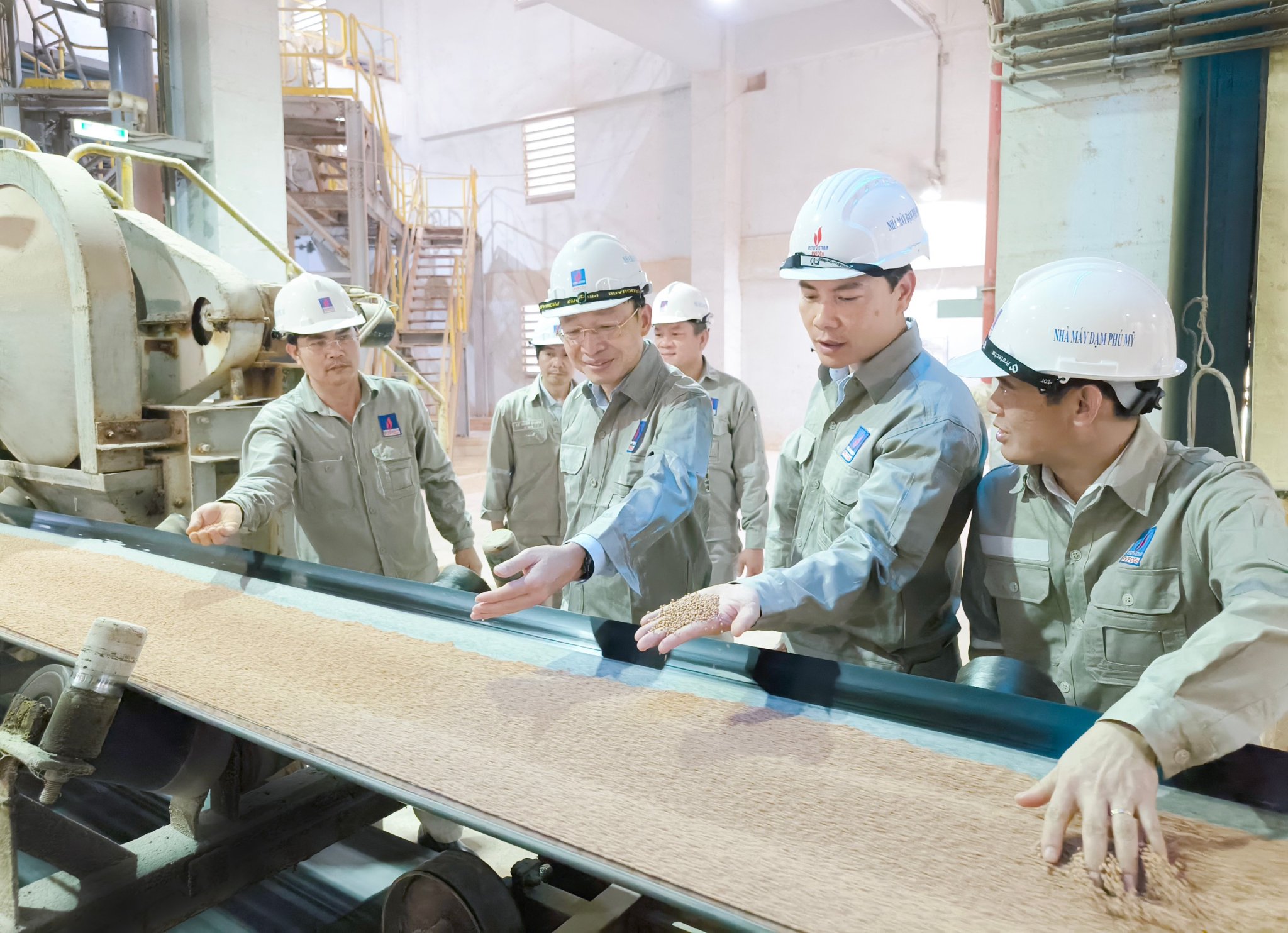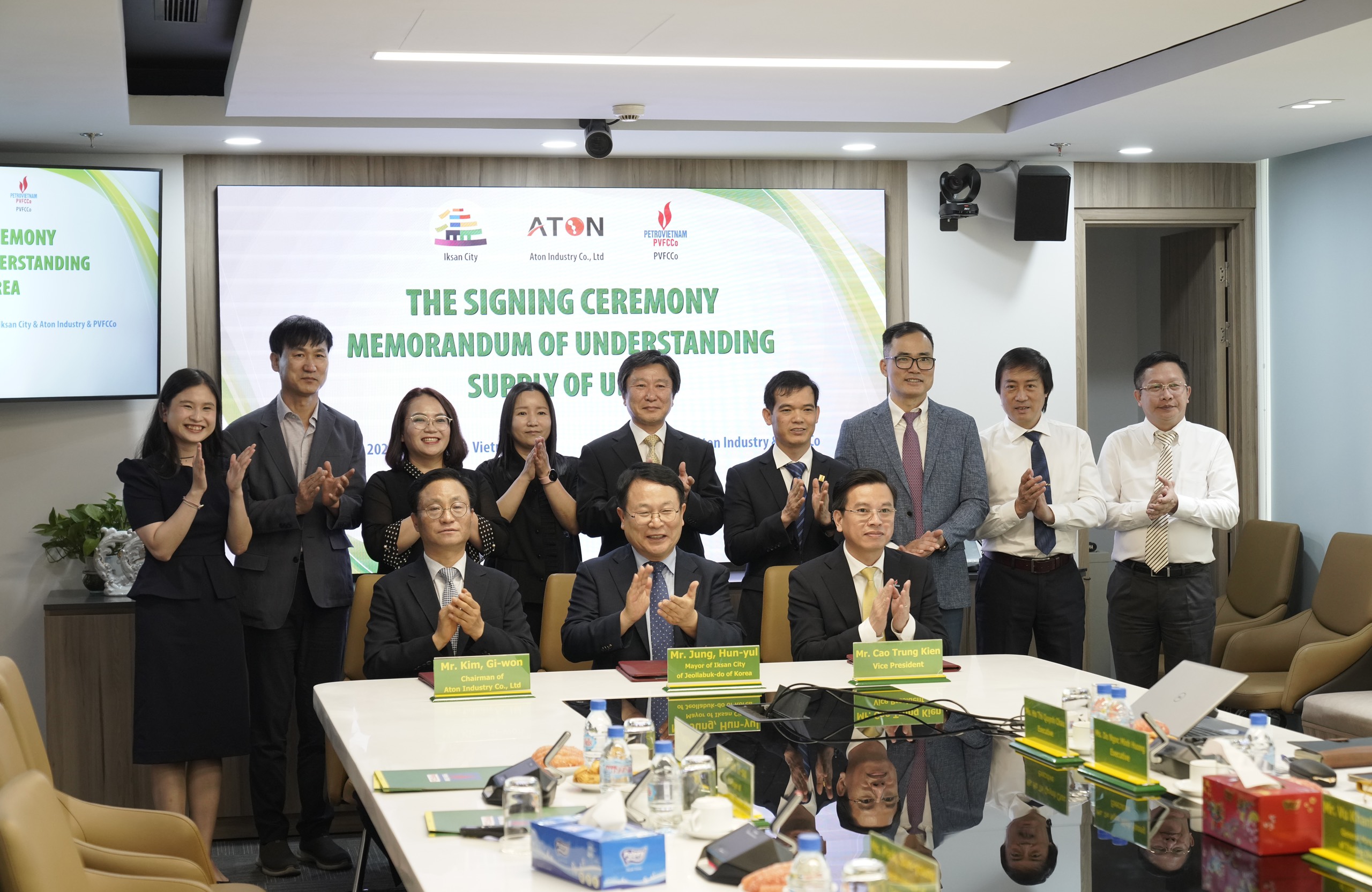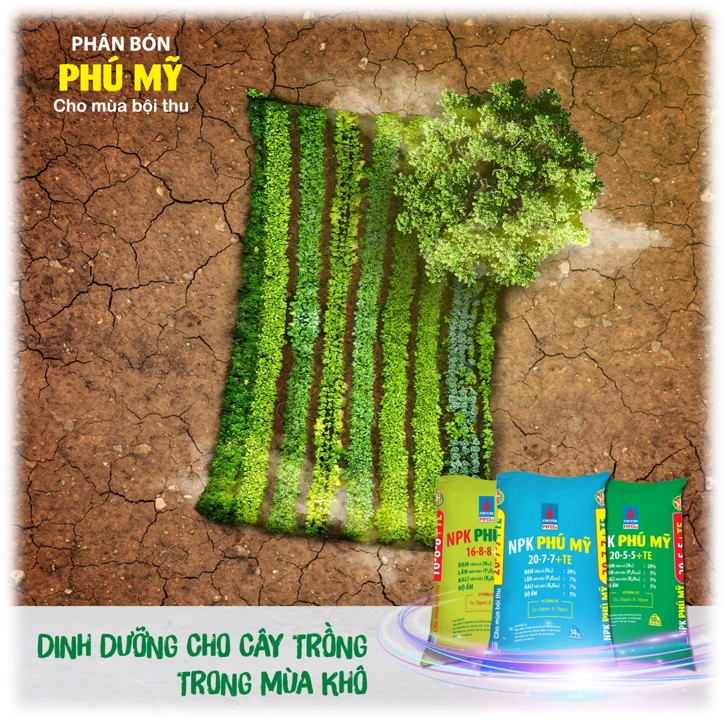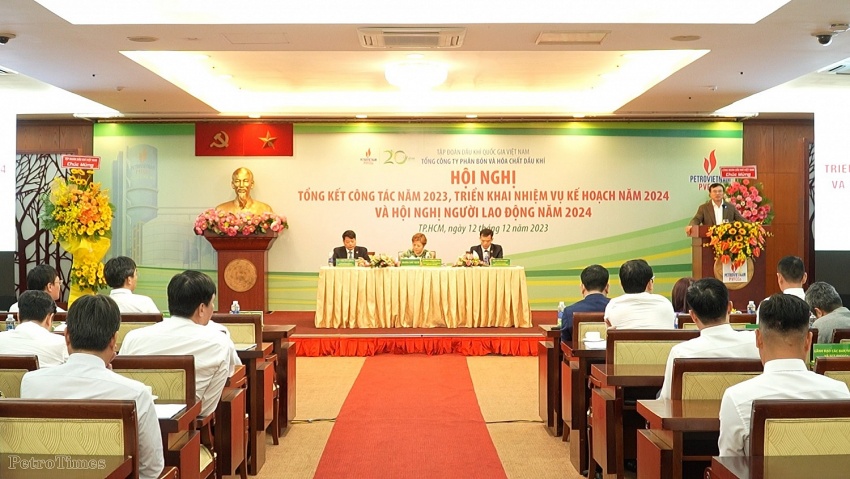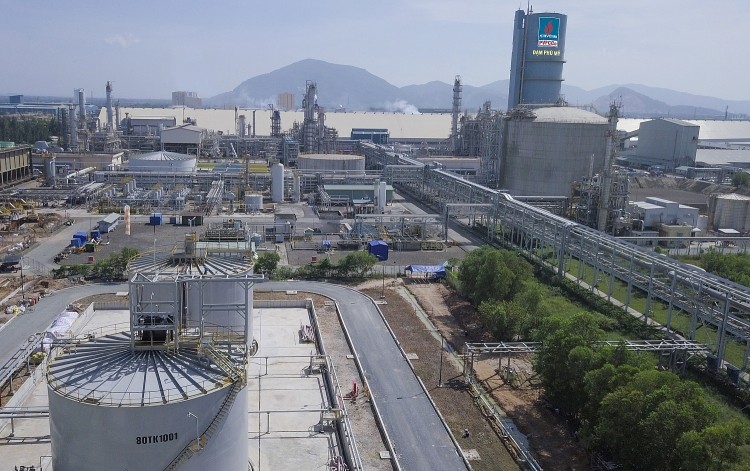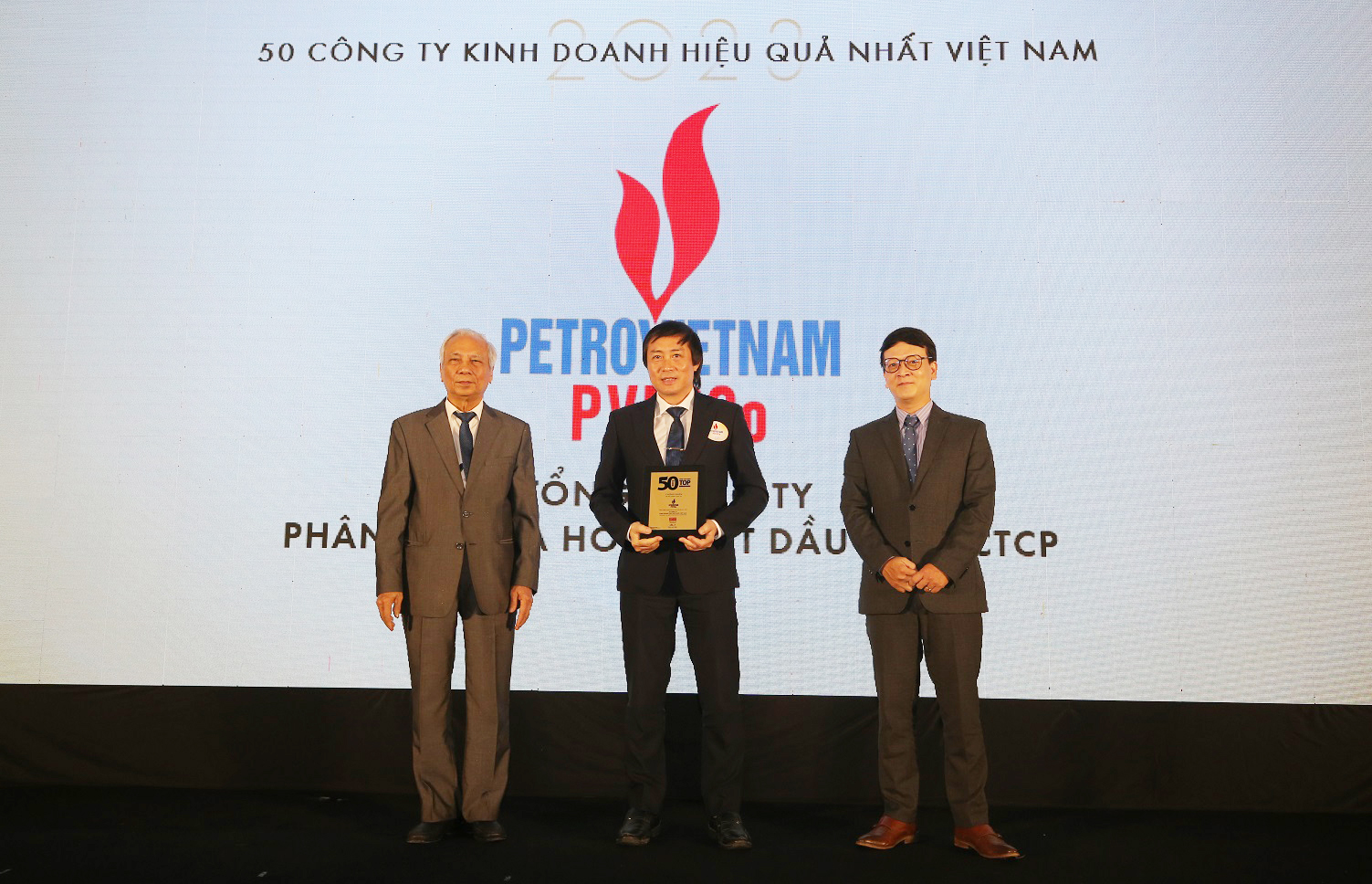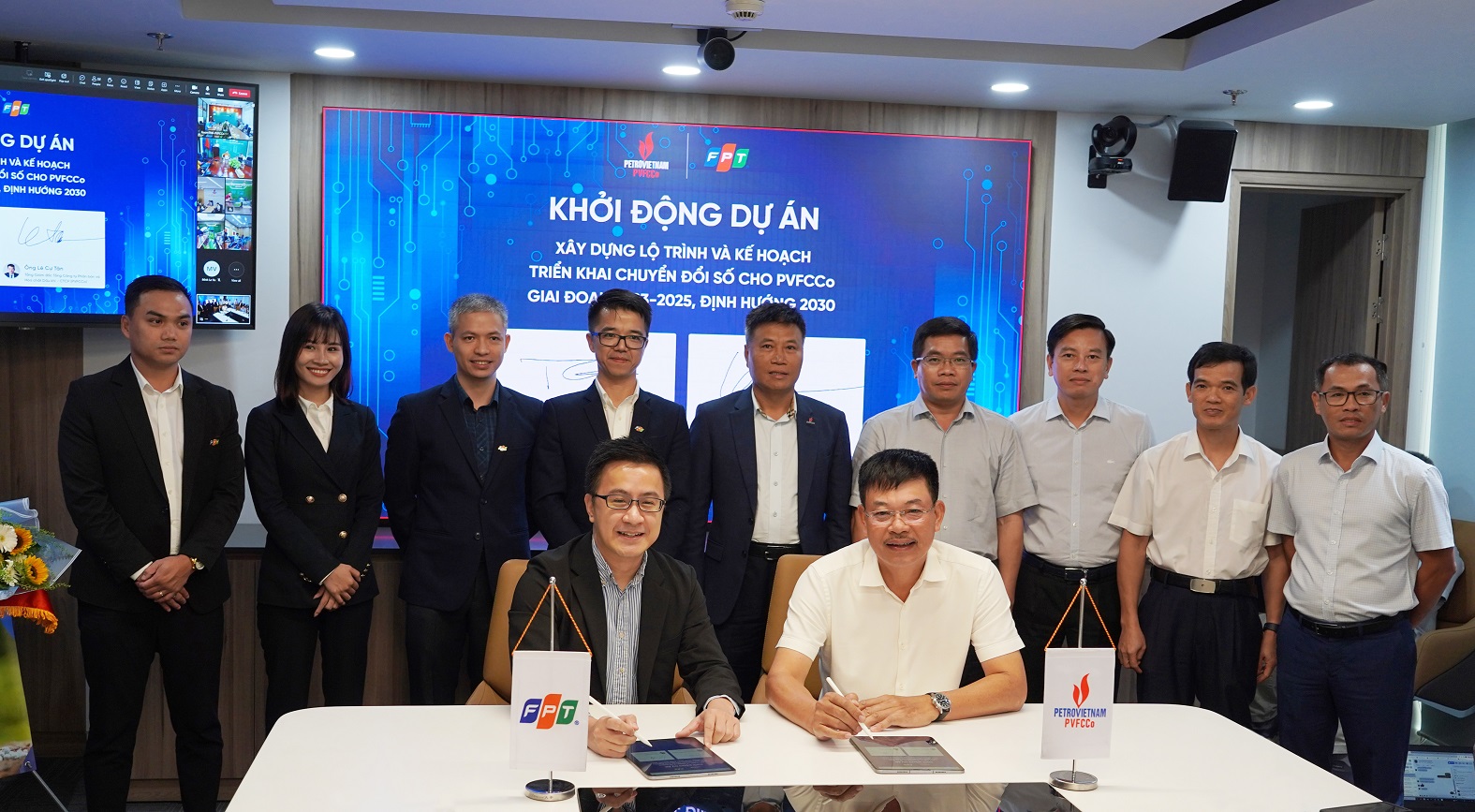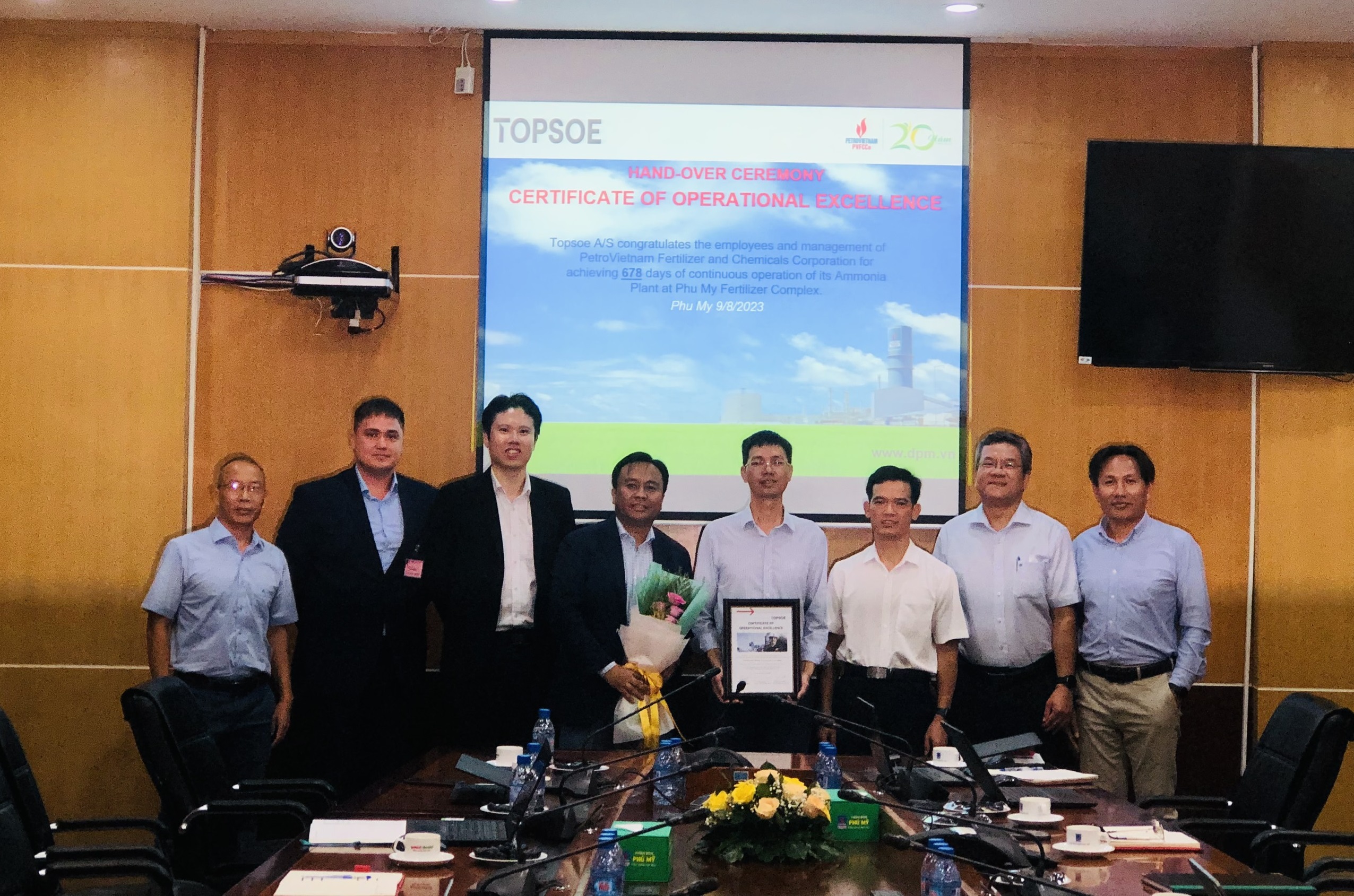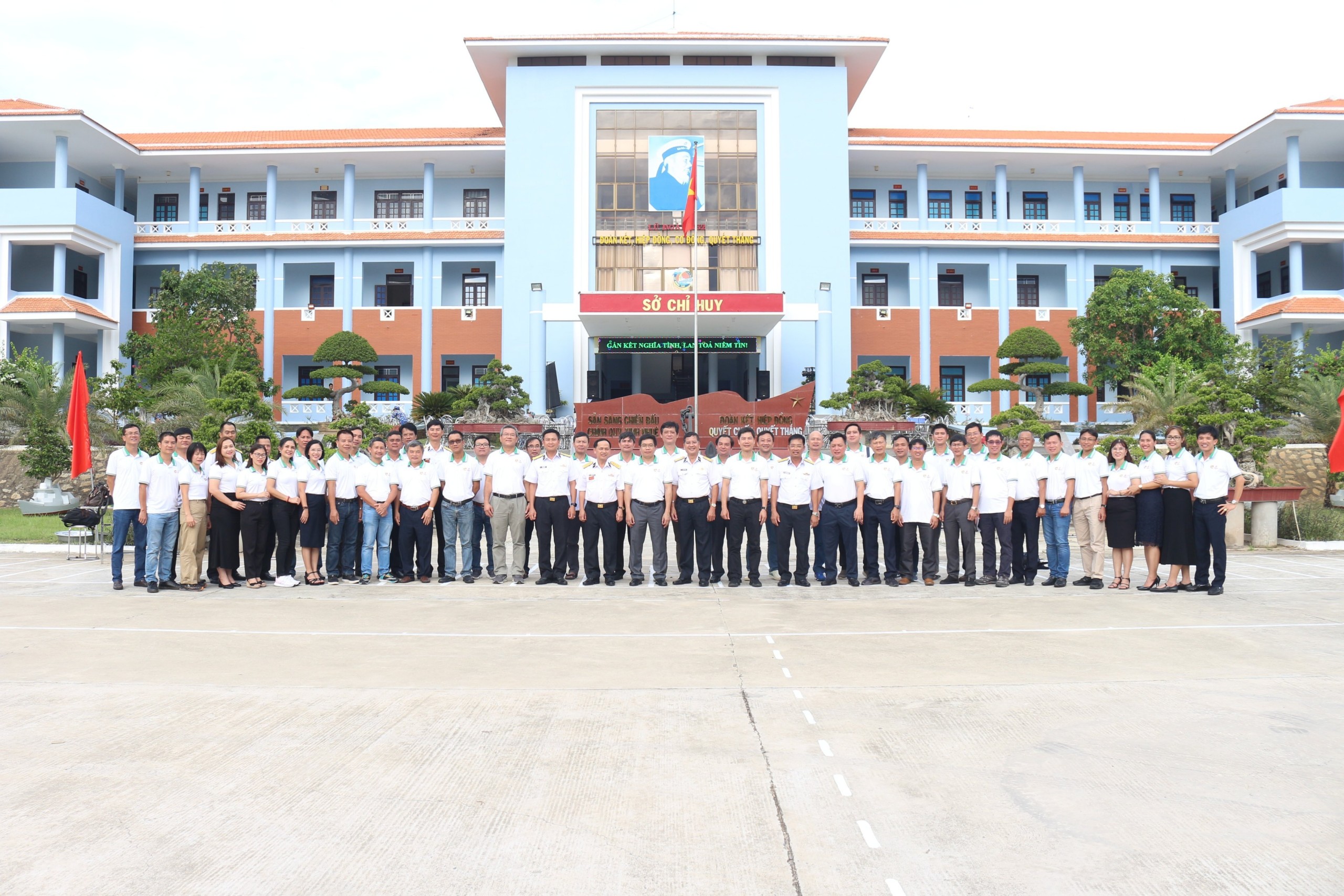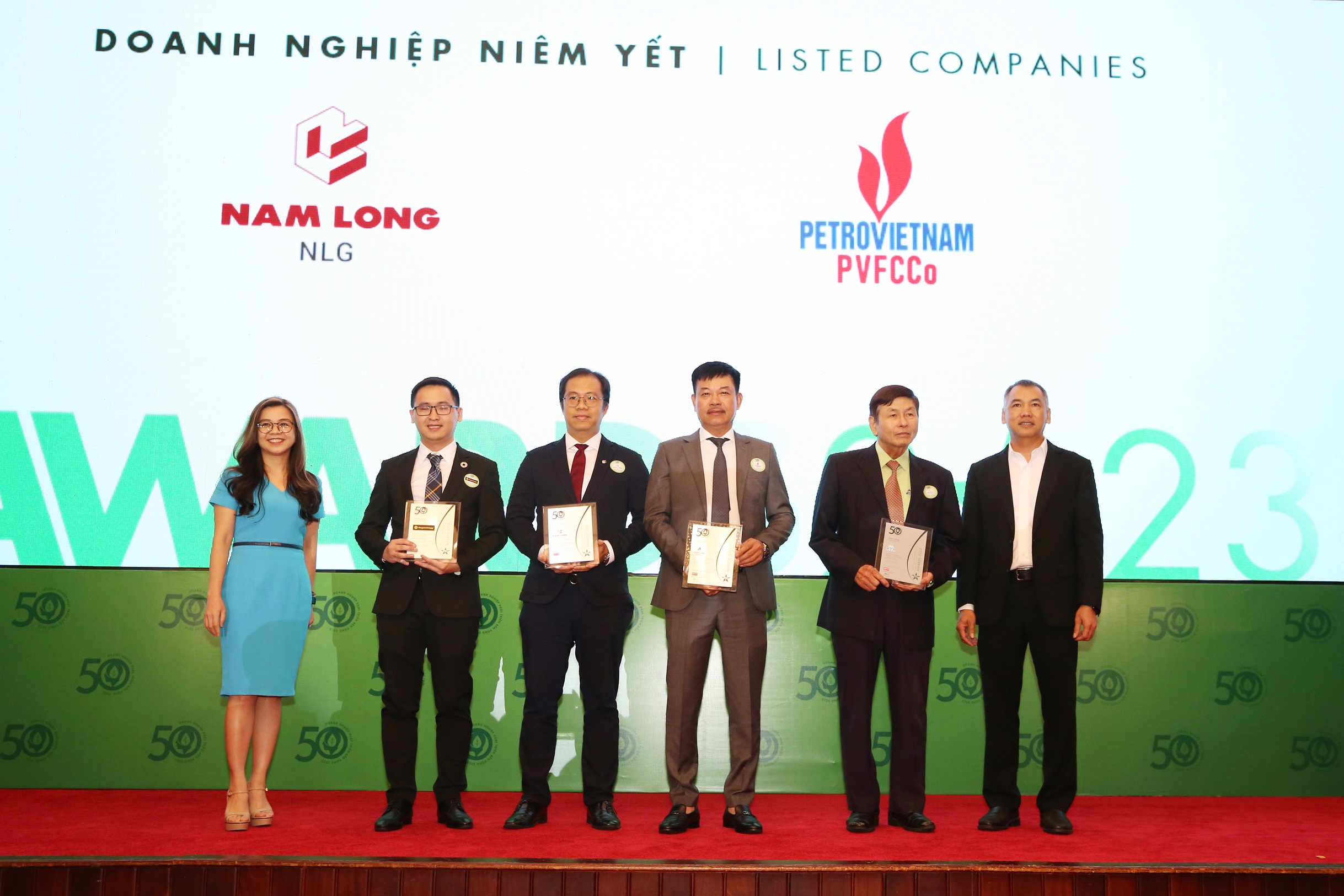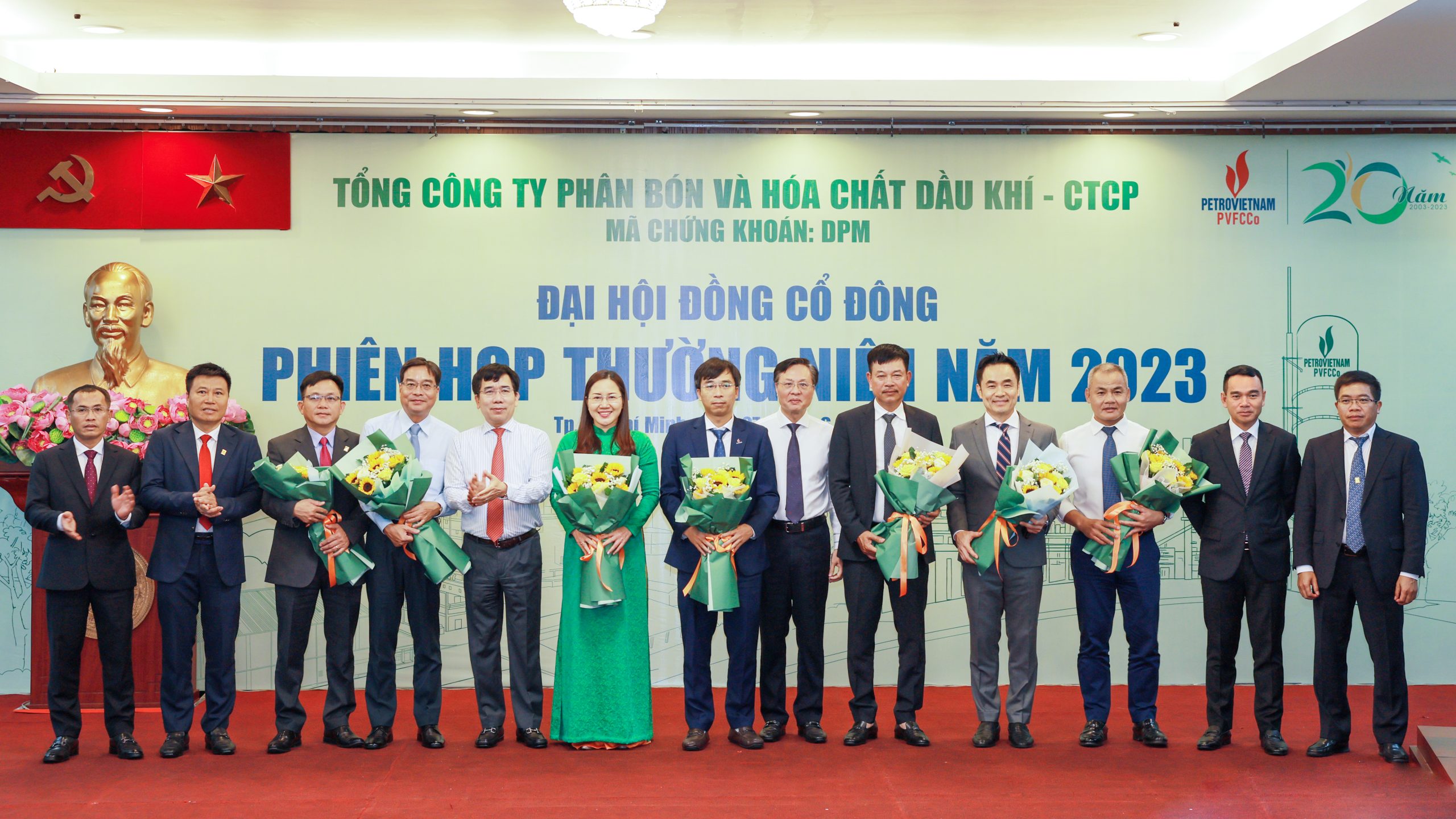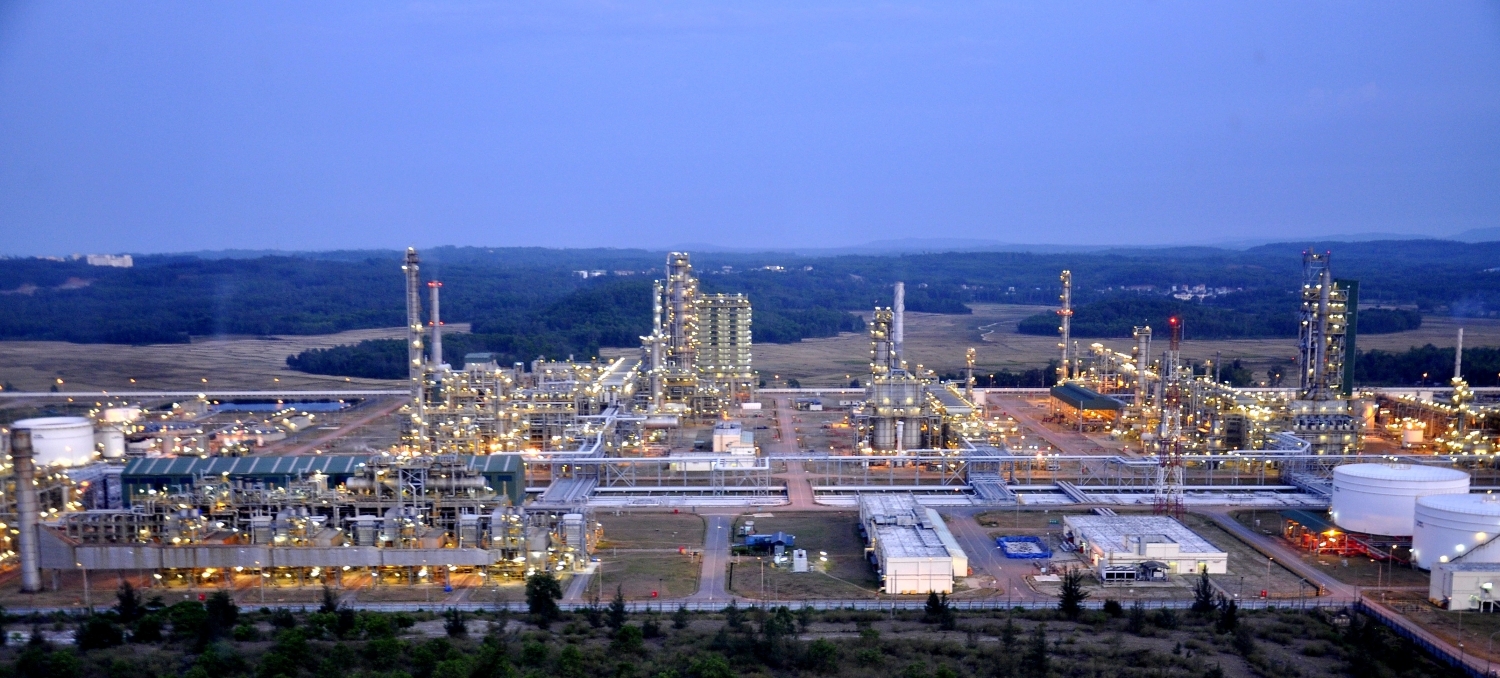SGGP – It’s said by Vietnam Fertilizer Association that the reasons which make the supply exceed demand are Ca Mau, Phu My and Ha Bac Fertilizer Plants always under stable operation with its designed capacity, and Ninh Binh Urea Plant also being put into operation by end of September with 85% of capacity.
Therefore, the total urea production in the last months of the year is expected to reach over 550,000 tons. Apart from that, the market inventory is currently about 140,000 tons. These numbers plus imported amount (about 150,000 tons) in the last three months of the year will increase the total supply of fertilizers for the nation to around 850,000 tons. Thus, in the fourth quarter of this year, the supply will exceed demand about 300,000 tons. This number ensures the demand for the upcoming spring-winter crop. This is also a main basis for fertilizer trading companies to consider carefully when importing.
In fact, low consumption demand of fertilizer but plentiful supplying sources has made the domestic price dropped down since early October up to date. Accordingly, fertilizer price in the Mekong Delta region has reduced sharply as compared to that in the previous time, especially in July (during the Summer-Autumn rice crop – the 2nd rice crop).
Specifically, Phu My fertilizer prices have currently reduced to VND 85,000 – 90,000/bag of 50kg. This price still drops sharply due to the increased supplying source but low demand of farmers as autumn-winter crop sowing area is limited (the 3rd rice crop). As for other seed urea products such as: DAP, NPK… although the price dropped down less than urea price, the dealers in Mekong Delta have also reduced the selling price to about VND 10,000 – 30,000/bag of 50kg as compared to that in early July.
Specifically, Philipines DAP costs VND 815,000/bag; Chinese DAP is VND 700,000/bag; NPK 16-16-8 is also reduced to VND 590,000/bag for imported products from Philippines.
The fact that Ca Mau Fertilizer Plant being put into operation is helpful in stablizing the market price and enriching the supply of fertilizer. Thus, farmers now do not to have to concern about shortage of fertilizer when the crop comes, especially in the main crop (Spring-Winter).


